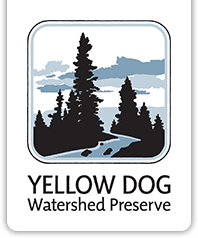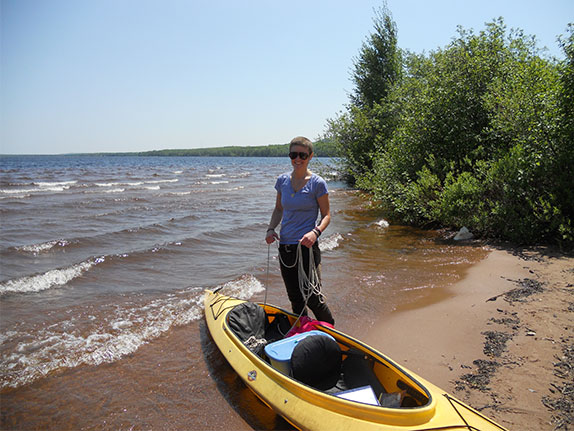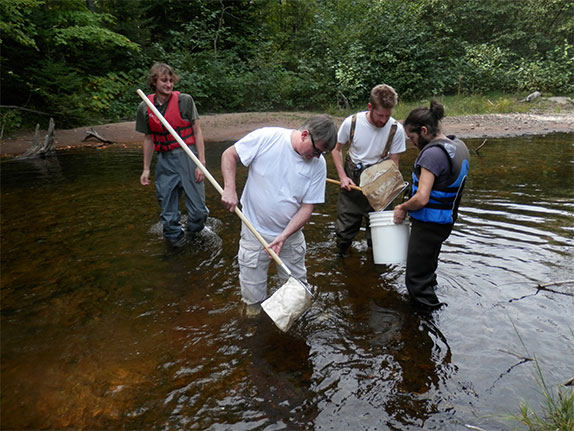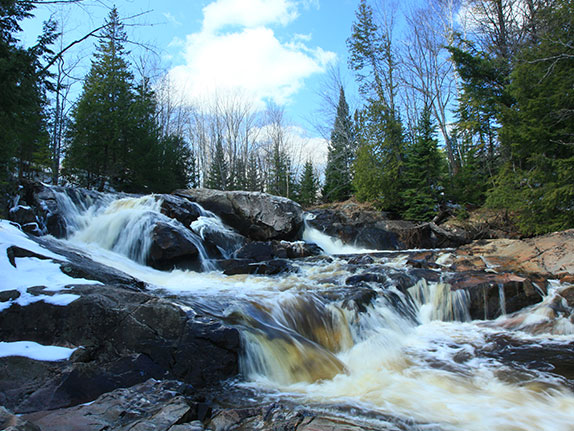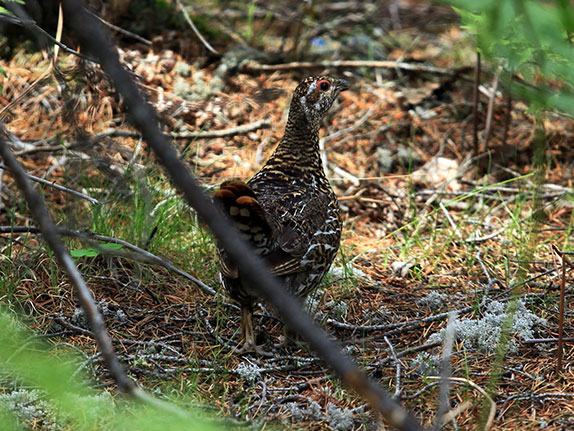
Plains
Monitoring
Starting in 2004, Yellow Dog Watershed Preserve responded to the mining development on the plains by beginning to establish a baseline water quality database for use as comparison to changing conditions. The YDWP partnered with the Keweenaw Bay Indian Community to collect this information and make sure water samples are analyzed by EPA certified labs.
Multiple surface water stream sites within both the Yellow Dog and Salmon Trout River Watersheds were tested by Dr. John Ejnik of the University of Wisconsin-Whitewater and others for trace metals, field parameters, and more. These baseline sites were generally tested three or four times each sampling season and sent to a certified lab for analysis. 2012 marks the 8th year that this type of high quality water testing was done under YDWP/KBIC administration.
Additionally, a total of 10 spring locations were sampled with Keweenaw Bay Indian Community about four times each year for a wide variety of surface water parameters such as chloride, total dissolved solids, and metals. These spring locations feed the headwaters of the East and Middle Branch Salmon Trout River and are critical locations for gathering baseline conditions for water resources in the area.
On April 18, 2013, the Keweenaw Bay Indian Community entered a Cooperative Water Agreement with the U.S. Geological Survey to monitor surface waters on the Yellow Dog Plains for four years from 2013 to 2016 and a report of their findings will be released in 2017. Work on this agreement has been commencing since early 2012. The USGS is a non-biased governement agency that collects data using the highest quality science available. The USGS will continue to monitor 8 streams and 7 springs that are are already established sites from the YDWP/KBIC. The USGS will also continue to maintain gage stations that collect data in real-time for a number of parameters, such as: water levels, discharge, temperature and specific conductance at 25 degrees C.
Other environmental data collectors on the Yellow Dog Plains include: North Jackson Company, the Community Environmental Monitoring Program/Superior Watershed Partnership, Great Lakes Indian Fish and Wildlife Commission, Central Upper Peninsula Water Sentinals, USEPA, MDEQ, and MDNR.
Recent Posts
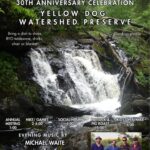
30th Anniversary Celebration
26 Jun, 25

2025 Fly-fishing Workshop on the Yellow Dog
11 Jun, 25

2025 Bentley Trail Ski & Snowshoe Event
07 Feb, 25

2024 Annual Meeting and Hike, 10/26
07 Oct, 24

